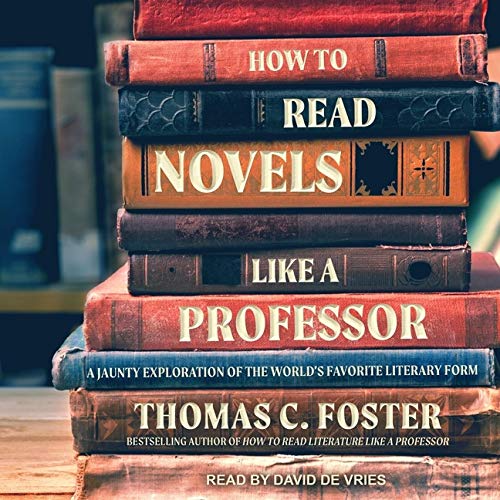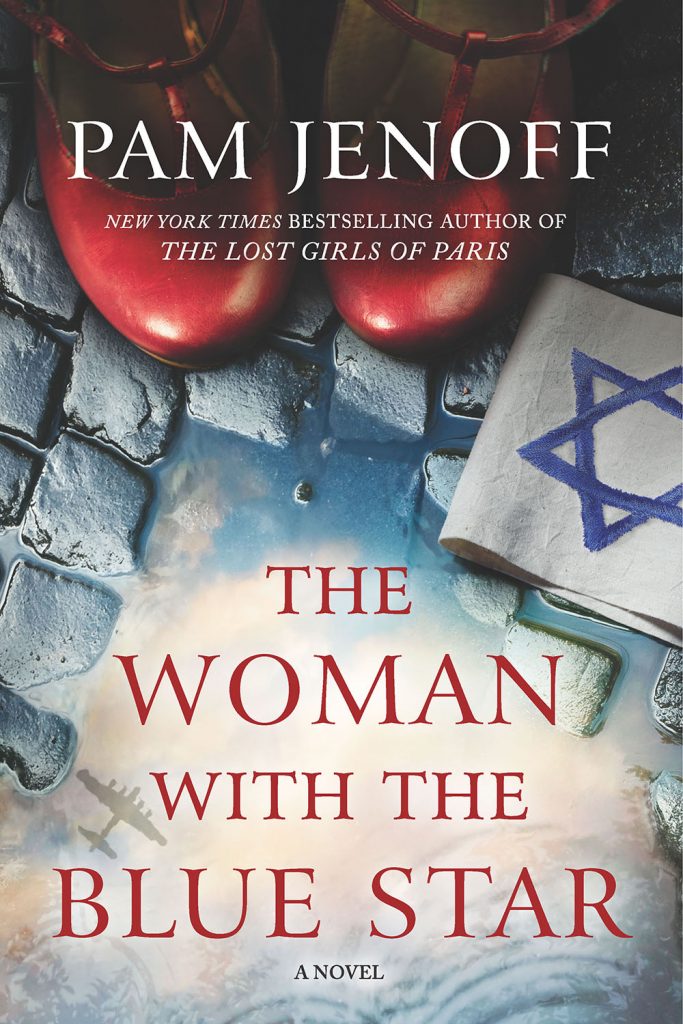April was a busy month, but I found time to read a variety of books. As is my habit, I’ll take the opportunity of the first Monday in May to blog about what I read in April. I hope you’ll find a book or two of interest.
Time’s Undoing, by Cheryl A. Head
This new novel alternates between the mysterious death of Robert Lee Harrington in 1929 and his journalist great-granddaughter’s persistent search for answers in 2019. I don’t usually enjoy novels written in alternating timelines, but this one worked.
Mr. Harrington is a master craftsman in carpentry in Birmingham, Alabama in 1929. A Black man, he is seen as too flamboyant by the white population. He takes pride in his work and his nice car. He presses his luck and, when he is in the wrong place at the wrong time, things go terribly wrong.
Harrington’s great-granddaughter, Meghan McKenzie, comes along 90 years later. She’s a reporter for the Detroit Free Press. In conjunction with working on a Black Lives Matter report, Ms. McKenzie decides to go to Birmingham to try to uncover the details of her great-grandfather’s death.
The danger McKenzie is in escalates the closer she gets to the ugly truth.
To be honest, I bristled two or three times when McKenzie made blanket statements about white southerners. I was, in fact, tempted early on to stop reading the book; however, I’m glad I stuck with it. Perspective is everything, and I can’t expect the young black reporter from Detroit to see things the way I do.
In fact, it would be unrealistic. I think it’s human nature for us to make blanket statements about people who don’t look like we look or who live in different regions (or countries) from where we live. Assumptions are made about the South and white southerners. Likewise, southerners make assumptions about people who live in other parts of the country.
The deeper I got into the novel, the more I was drawn into the characters and the story. I’m not a fast reader, but I read the second half of the book in two days because I couldn’t wait to see what McKenzie would find out and if she would survive to tell her great-grandfather’s story.
Code Name Sapphire, by Pam Jenoff
In this historical novel, Pam Jenoff pulls bits and pieces from World War II history in Europe and weaves a story that will keep you on the edge3 of your seat.
Micheline heads the fictitious Sapphire Line in the resistance in Belgium. The network, whose mission is to get downed Allied airmen safely o9ut of German-occupied Belgium, is loosely based on or inspired by such real operations as the Comet Line.
Micheline’s brother, Matteo, is heavily involved in the Sapphire Line. He is still in love with a woman from his past. Will they reconnect even during the war?
Hannah is a Jew who escaped from Nazi-occupied Belgium once, but the ship she is on with other refugees is turned away from the harbor in Havana. Is she returned to Belgium? Does she work with the Sapphire Line? Does she make Matteo forget about his long-lost love?
Lily is Hannah’s cousin. Lily is the only family Hannah has to turn to for help while she tries to figure out how to escape to America.
But, as in all good fiction, nothing goes as planned. Everything that can go wrong seems to go wrong.
Who will betray friends or relatives? Who will survive? You just might be surprised!
The Last Carolina Girl, by Meagan Church
The author of this novel is an editor I found last October on Reedsy.com. Being from North Carolina, the title grabbed my attention. I pre-ordered the book to help support this author. The book was released on March 7, 2023, but I didn’t get a chance to read it until April.
(Rule #1 for supporting a new book: Review it as soon as it is released to boost sales and attention for the book. The first 30 days after a book’s release is the most important time to support it and its author as far as the Amazon algorithms are concerned.) My apologies to Meagan Church for missing this window of opportunity. I really need to do better.
Back to the book… Leah Payne is a 14-year-old orphan from Supply in Brunswick County, North Carolina. The neighborhood couple who take her in try to do the best thing for her… or do they? Arrangements are made and she is taken to Matthews in Mecklenburg County, North Carolina. She dreams of a foster family there who will love her, perhaps even provide for her a bed and bedroom of her own.
But when she arrives in Matthews in 1936, she doesn’t receive the welcome she is expecting.
How to Read Novels Like a Professor: A Jaunty Exploration of the World’s Favorite Literary Form, by Thomas C. Foster
The title intrigued me. As I read the first four chapters, I took some notes. There were a number of succinct statements about writing.
There was insight about how important the first sentence, first page, and first chapter are if an author wants to snag the interest of a reader.
The author set forth some humorous “laws” of writing, including “The Law of Bogus Locales,” “The Law of Look Who’s Talking,” and “The Law of Narrative Unreliability.”
Another example is “The Law of the Conservation of Character” which the author explained as “Thou shalt not burden the punter with needless character development.” He went on to translate that as follows: “If fiction writers are any good, they only tell you as much as you absolutely need to know.”
By the time I’d read the first half of the book, I found myself skipping pages. I decided it’s just possible that I don’t want to read novels like a professor. I want to read them as a reader.
The Light We Carry: Overcoming in Uncertain Times, by Michelle Obama
I listened to this book on CD. It was read by the author, which made it extra enjoyable. This is a book of common sense and encouragement. Mrs. Obama talks about her childhood and how her parents instilled in her and her brother the merit in hard work and the value of a dollar. They instilled in the two children the value of standing up for yourself and your beliefs. She talks about the value of friendships and family. Those are the important things in life. She talks about always trying her best and often being criticized and misconstrued.
People who don’t approve of President and Mrs. Obama probably wouldn’t like this book, but they probably wouldn’t bother to read it. That would be their loss. I found the content of the book to be honest and uplifting. Hearing Mrs. Obama read it herself was a bonus.
Other books I read in April
I read Natural Color, by Sasha Duerras part of my research so I can write authentic historical fiction. I might have the main character in The Heirloom know a bit about using items in nature to dye fibers, yarn, or fabric.
Writing Short Stories to Promote Your Novels, by Rayne Hall struck a chord with me. If you’re writing a novel, too, then you might want to take a look at this book. In a nutshell, it takes you through a step-by-step model to assess the kind of book you’re writing. Then you brainstorm for ideas of a short story or multiple short stories you can write that have a connection to your novel. By publishing those short stories, you not only introduce your potential novel readers to your style of writing and your genre, you can also introduce them to one or more of the characters in your novel. It really got the gears in my head turning!
How to Find Book Reviewers: How to Get Reviews the Easy Way, by Werner Stejskal gave me some ideas for finding book reviewers I’ve not stumbled upon yet. I tend to shy away from book titles that include the word “easy,” but I decided to read this one.
Book Review Banzai: The Unknown Author’s Ultimate Guide to Getting Amazon Reviews, by Jason Ladd, Julie Gwinn, and Tom Morkes. Are you picking up on a pattern here? Book reviews on Amazon are extremely important, especially for authors just arriving on the literary scene. (Hint, Hint!)
Since my last blog post
Amid some fairly substantial computer problems, my sister and I took a trip to beautiful Asheville, North Carolina. I wrote all about it in my May newsletter. A highlight for me was visiting Hart Square Village in Vale, North Carolina. The village is a source of inspiration for my historical fiction writing.
That’s just a little of what you’re missing if you haven’t subscribed to my mailing list/newsletter. Here’s the link to my website where you can subscribe: https://janetmorrisonbooks.com/subscribe/. I plan to send out an e-newsletter every other month.
Until my next blog post
I’ll try to do a better job of writing book reviews on Amazon and Goodreads.com.
I hope you have a good book to read. Perhaps one of the books I read last month has piqued your interest.
Wherever you live, you’re probably experiencing a change of seasons. Here in North Carolina, we’re entering my favorite time of the year – seasonal allergies and all!
Make time for friends, family, and a hobby.
Remember the brave people of Ukraine.
Thank you for dropping by my blog.
Janet














